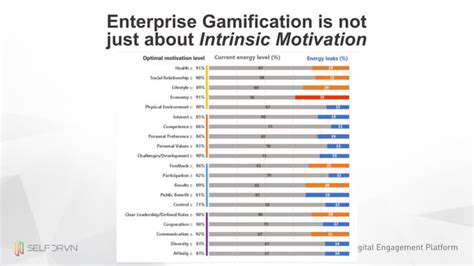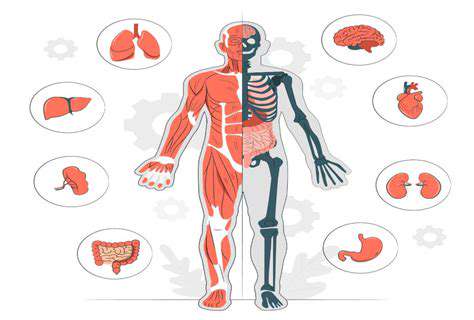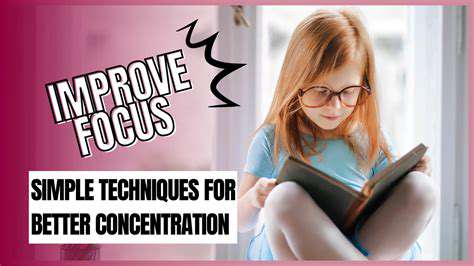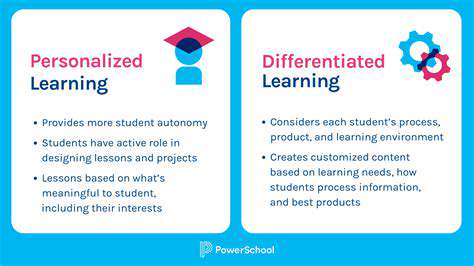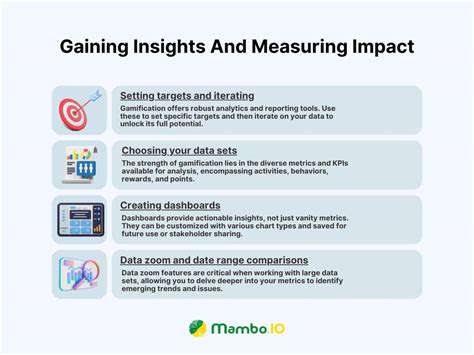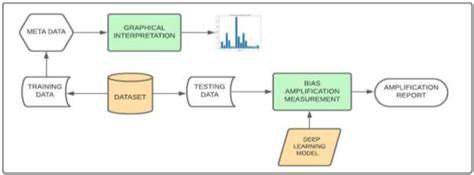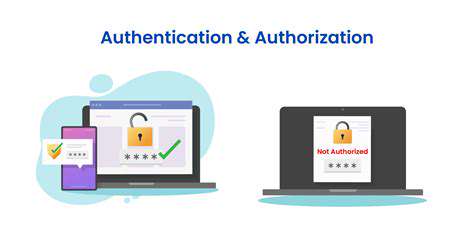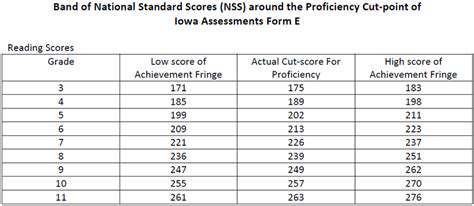Professional Development for Hybrid Teaching: A Practical Guide
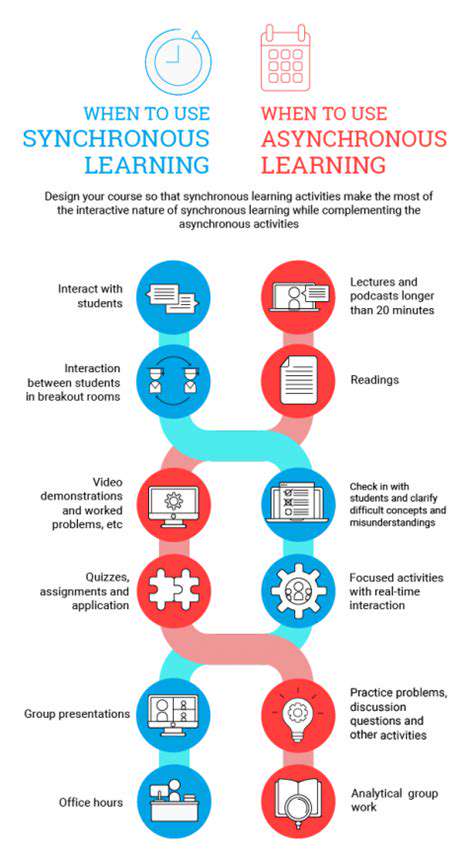
Fostering a Supportive and Inclusive Hybrid Learning Community
Creating a Sense of Belonging
Building a welcoming hybrid learning community starts with ensuring every student feels valued, whether they're in the classroom or joining remotely. Active participation from online learners is non-negotiable - their virtual interactions should carry the same weight as face-to-face discussions. Educators can bridge this gap through creative use of digital tools. Discussion boards become virtual classrooms, video calls transform into lively debates, and shared documents turn into collaborative canvases. Don't underestimate the power of informal virtual gatherings either - coffee chats or game nights can work wonders for team cohesion.
Remote learners face unique hurdles that demand thoughtful solutions. Spotty internet connections, outdated devices, or noisy home environments shouldn't become educational roadblocks. Proactive support systems make all the difference - think tech troubleshooting guides, downloadable offline materials, or flexible submission windows. The most effective educators develop a sixth sense for recognizing when a student's silence might mean they're struggling rather than disengaged.
Equipping Educators for Hybrid Success
Teachers navigating hybrid classrooms need more than good intentions - they require concrete skills and robust support systems. Professional development programs should focus on practical virtual teaching techniques, from designing captivating digital lessons to mastering the art of online engagement. The ability to read a virtual room is a superpower worth cultivating - it transforms pixelated faces into meaningful connections.
Technical know-how forms the backbone of effective hybrid instruction. Educators shouldn't have to double as IT specialists, yet they need comfort with essential platforms. Comprehensive training programs covering everything from basic troubleshooting to advanced features can prevent technology from becoming a barrier rather than a bridge. The best tech training connects the dots between buttons to click and pedagogical outcomes - it's not just about using tools, but using them meaningfully.
Time management becomes an art form in hybrid environments. Educators juggling dual modalities need strategies to prevent burnout while maintaining quality. Clear prioritization frameworks, batch processing techniques, and smart delegation can help. The most successful hybrid teachers treat their time like a precious resource, not an infinite commodity.
Collaborative networks among educators serve as lifelines in hybrid settings. When teachers share triumphs and troubleshoot challenges together, everyone benefits. Structured opportunities for exchanging lesson ideas, classroom management tips, and assessment strategies create a rising tide that lifts all boats. Professional isolation is the enemy of innovative teaching - connection fuels creativity.
Leveraging Technology for Enhanced Learning Outcomes
Personalized Learning Paths
Today's adaptive learning technologies function like educational GPS systems, constantly recalculating the optimal route for each student. These platforms don't just adjust difficulty levels - they completely reshape content delivery based on individual progress. The magic happens when algorithms meet human insight, allowing teachers to complement data with personal observations.
Variety becomes the spice of digital learning when students encounter material in multiple formats. Interactive 3D models might click for visual learners, while audio explanations resonate with auditory processors. Gamification elements turn rote memorization into engaging challenges. The most effective digital classrooms offer choice and voice in how students engage with content.
Interactive Learning Tools
Virtual labs and simulations break down the walls of traditional classrooms, letting students conduct experiments that would be impossible, impractical, or unsafe in physical settings. These tools don't just demonstrate concepts - they invite learners to test hypotheses and witness consequences in real-time. Hands-on digital experiences cement understanding far better than passive observation.
Data-Driven Instructional Adjustments
Learning analytics turn abstract concerns into actionable insights. When dashboards highlight patterns - like multiple students stumbling on the same concept - educators gain opportunities for timely intervention. Data becomes most powerful when it informs rather than dictates, guiding human judgment rather than replacing it.
Communication Bridges
Digital communication tools create continuous feedback loops between all learning stakeholders. Parents can track progress in real-time, students can seek clarification after hours, and teachers can provide targeted support. When communication flows freely, small issues get resolved before they become big problems.
Universal Access
Assistive technologies level the playing field in remarkable ways. Screen readers transform text to speech, captioning makes videos accessible, and adjustable interfaces accommodate diverse needs. True inclusion means every learner can engage with content in ways that work for them - technology makes this scalable.
Resource Optimization
Digital transformation often leads to surprising cost efficiencies. Virtual materials eliminate printing expenses, while cloud-based platforms reduce physical infrastructure needs. Smart technology investments can stretch limited budgets further, particularly in under-resourced settings.
Assessment and Evaluation in a Hybrid Environment
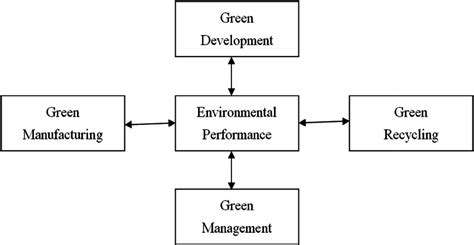
Rethinking Assessment Approaches
Hybrid learning demands assessment strategies as flexible as the model itself. The most effective evaluations mirror real-world applications of knowledge rather than testing recall in isolation. Blended environments particularly benefit from assessments that value process as much as product.
Digital tools open exciting evaluation possibilities. Interactive assessments can adapt question difficulty based on performance, while collaborative platforms let peers provide structured feedback. The best digital assessments feel less like tests and more like natural demonstrations of understanding.
Ongoing Learning Checks
Frequent formative assessments serve as the pulse check of hybrid classrooms. Quick digital exit tickets, one-minute video reflections, or collaborative concept maps provide snapshots of understanding. These low-stakes checkpoints create opportunities for course correction before small gaps become chasms.
Culminating Evaluations
Summative assessments in hybrid settings benefit from creative approaches. Multimedia presentations, digital portfolios, or cross-modality projects allow students to synthesize learning in varied formats. The most meaningful final assessments connect classroom learning to real-world applications.
Customized Evaluation Methods
One-size-fits-all assessments fail in diverse learning environments. Offering multiple demonstration options - whether written, oral, visual, or interactive - respects different strengths. Flexibility in assessment demonstrates commitment to actual learning over standardized metrics.
Tech-Enhanced Evaluation
Digital assessment tools do more than automate grading - they provide rich data visualizations and trend analyses. When teachers can instantly see which concepts need reteaching, instruction becomes more responsive. Technology transforms assessment from endpoint to launching pad for future learning.
Read more about Professional Development for Hybrid Teaching: A Practical Guide
Hot Recommendations
- The Gamified Parent Teacher Conference: Engaging Stakeholders
- Gamification in Education: Making Learning Irresistibly Fun
- The Future of School Libraries: AI for Personalized Recommendations
- EdTech and the Future of Creative Industries
- Empowering Student Choice: The Core of Personalized Learning
- Building Community in a Hybrid Learning Setting
- VR for Special Education: Tailored Immersive Experiences
- Measuring the True Value of EdTech: Beyond Adoption Rates
- Addressing Digital Divide in AI Educational Access
- Preparing the Workforce for AI Integration in Their Careers
